
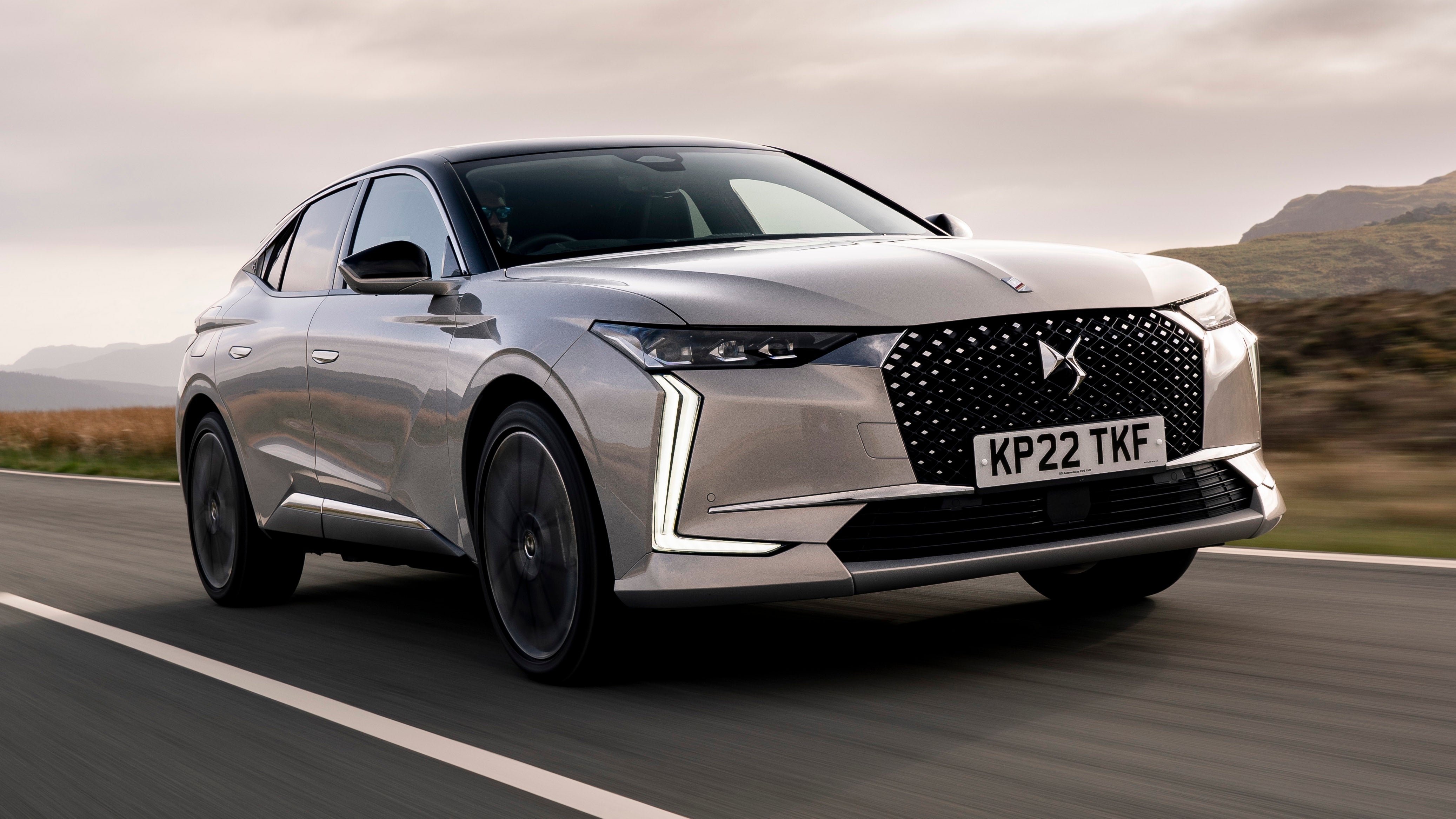
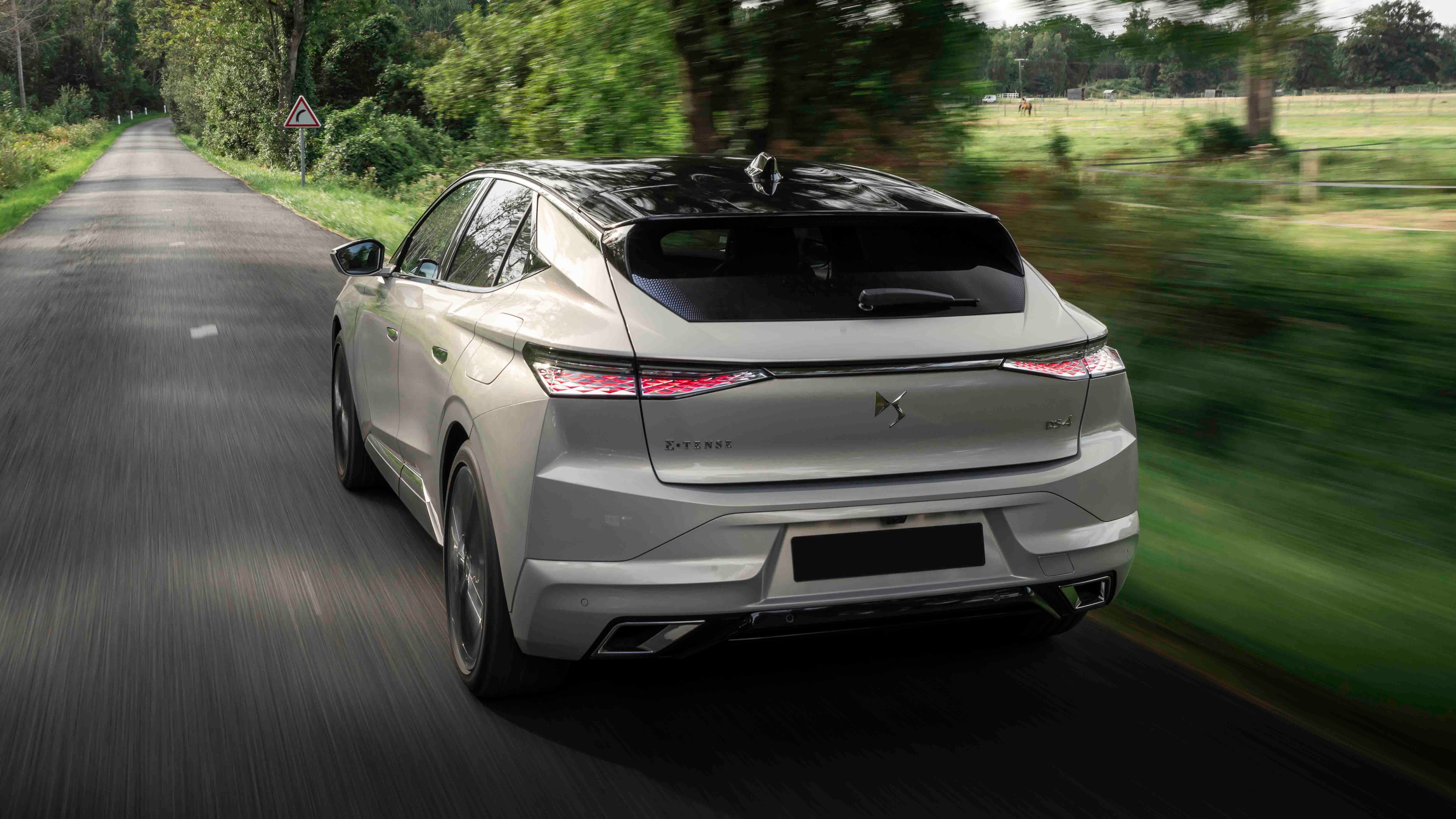
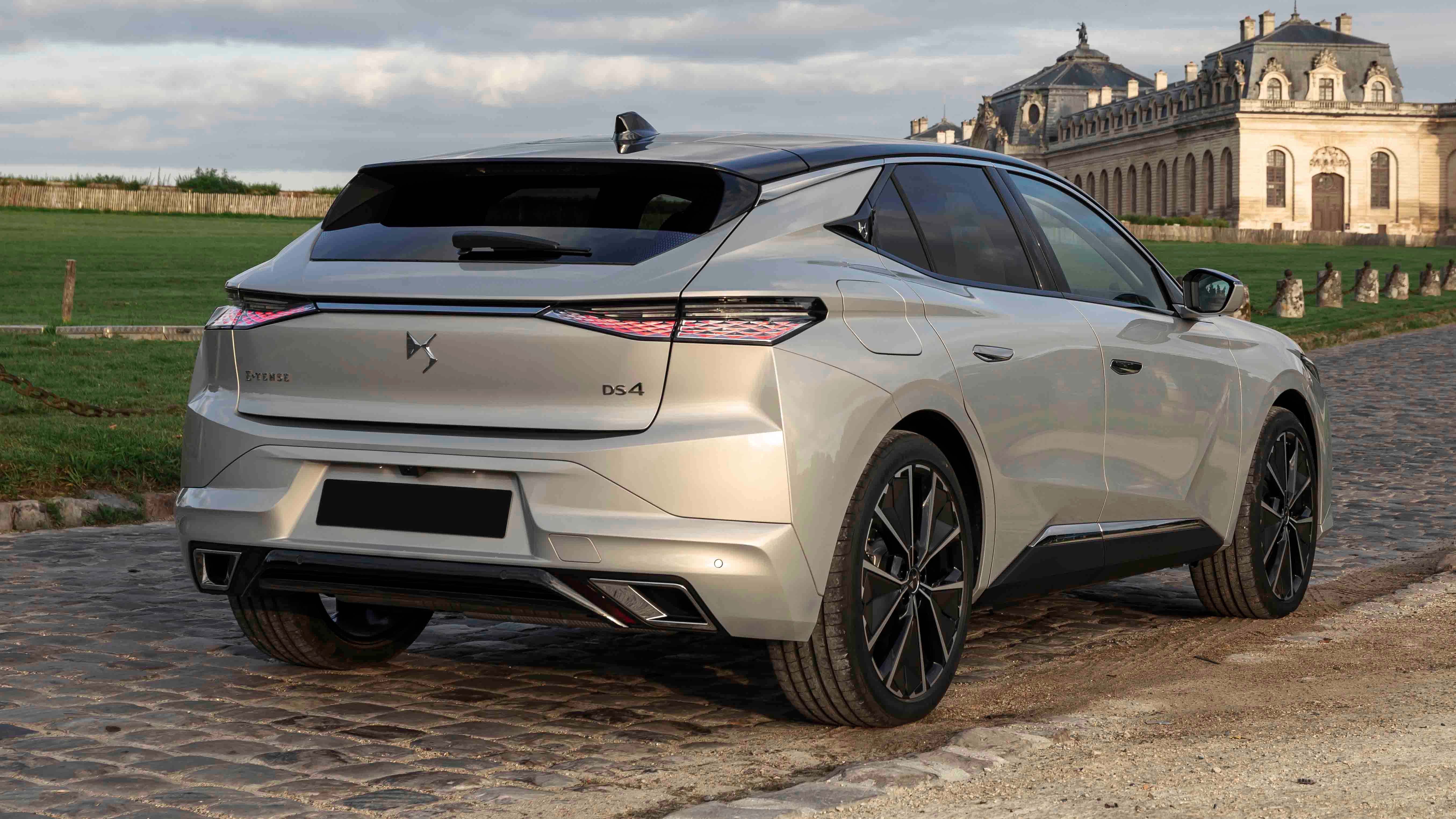
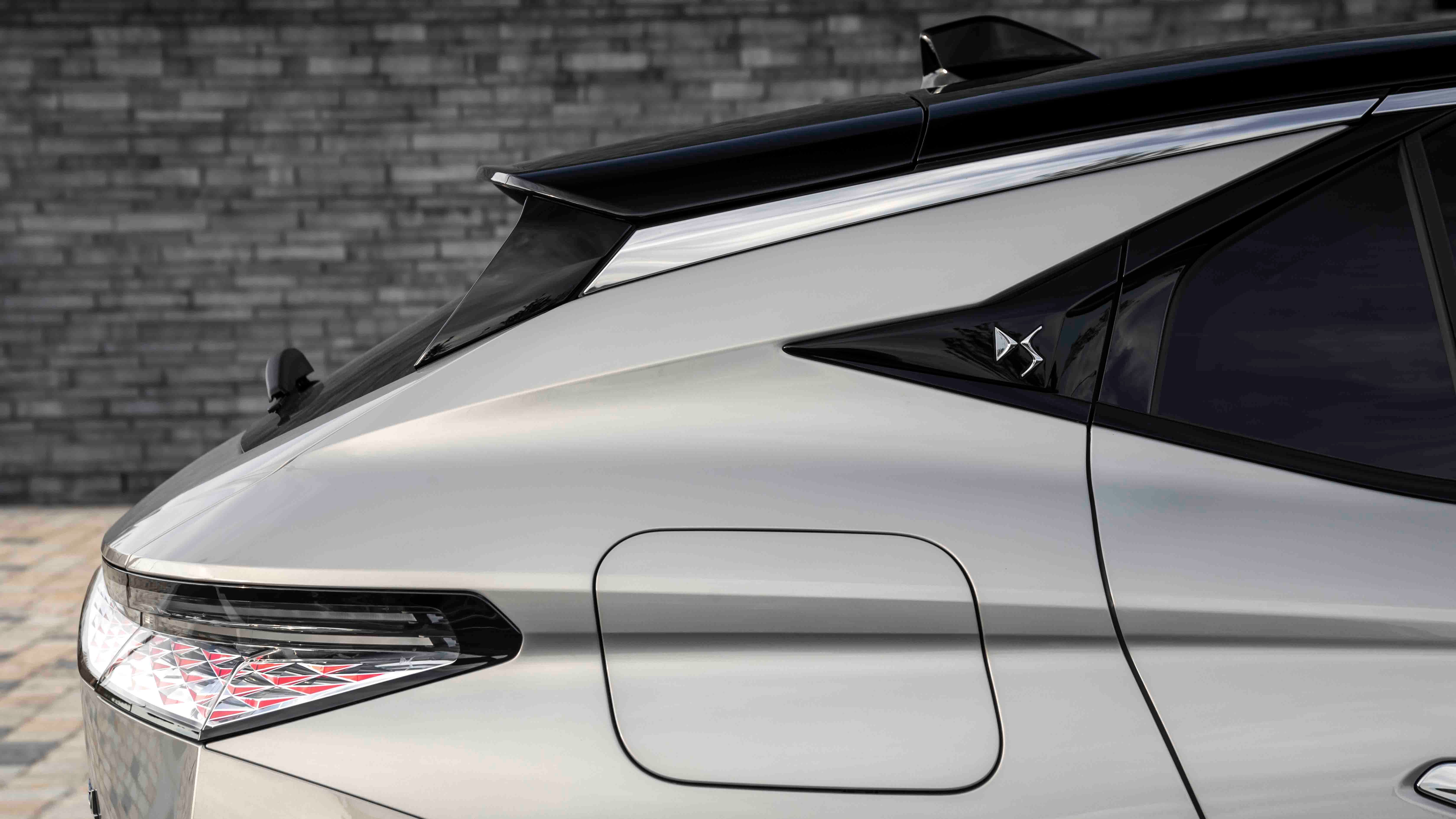
.jpg)
.jpg)
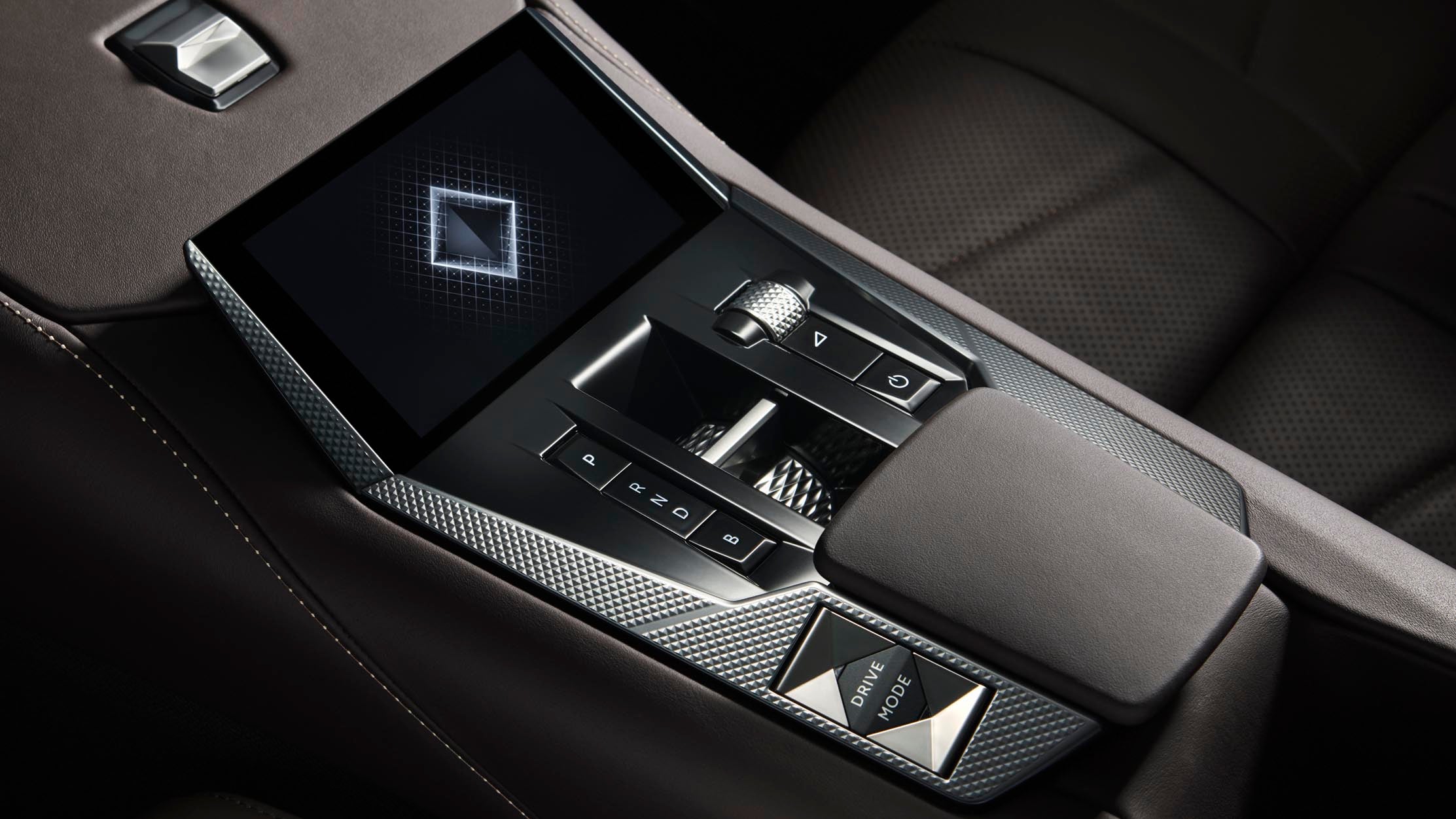
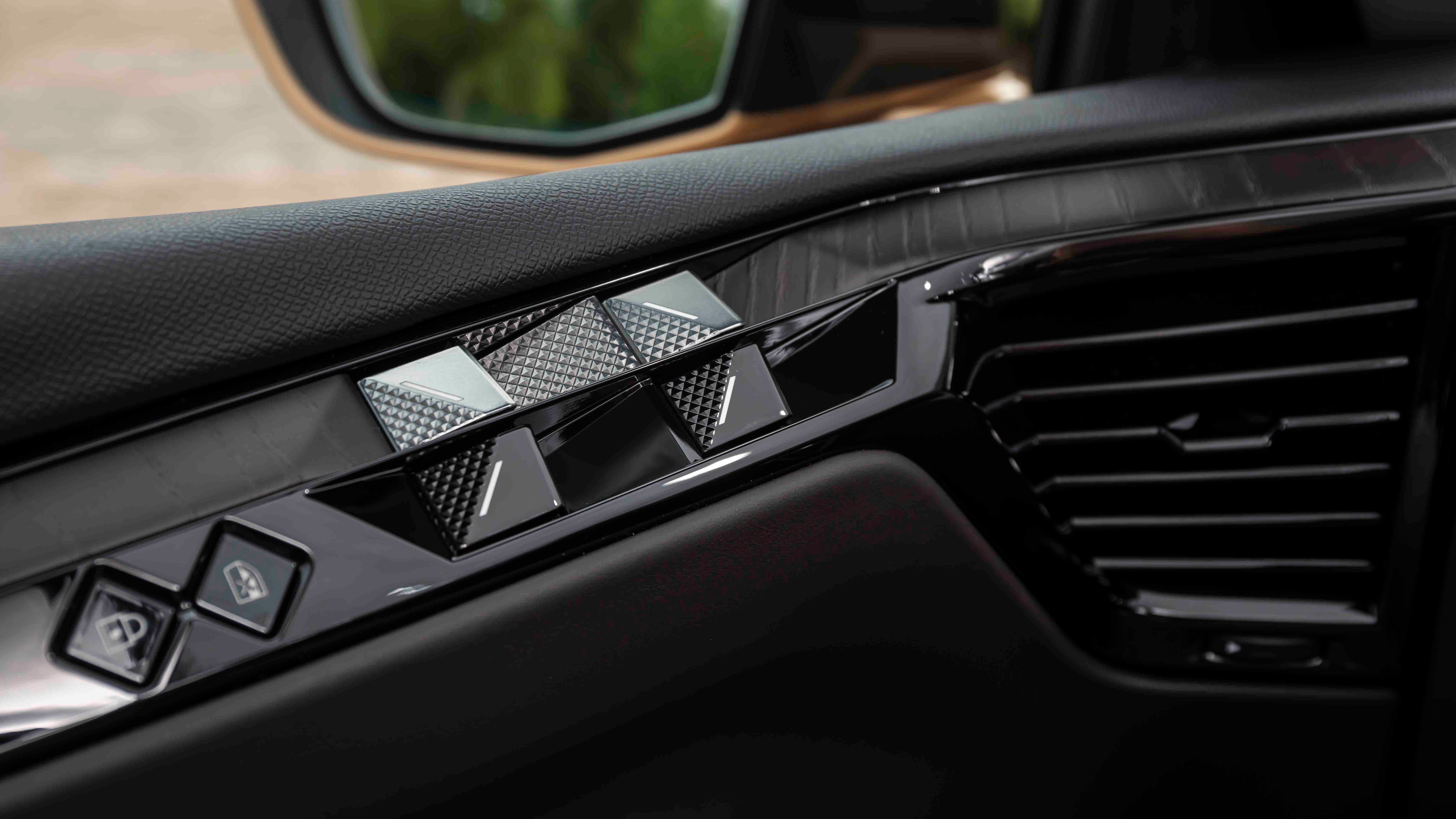
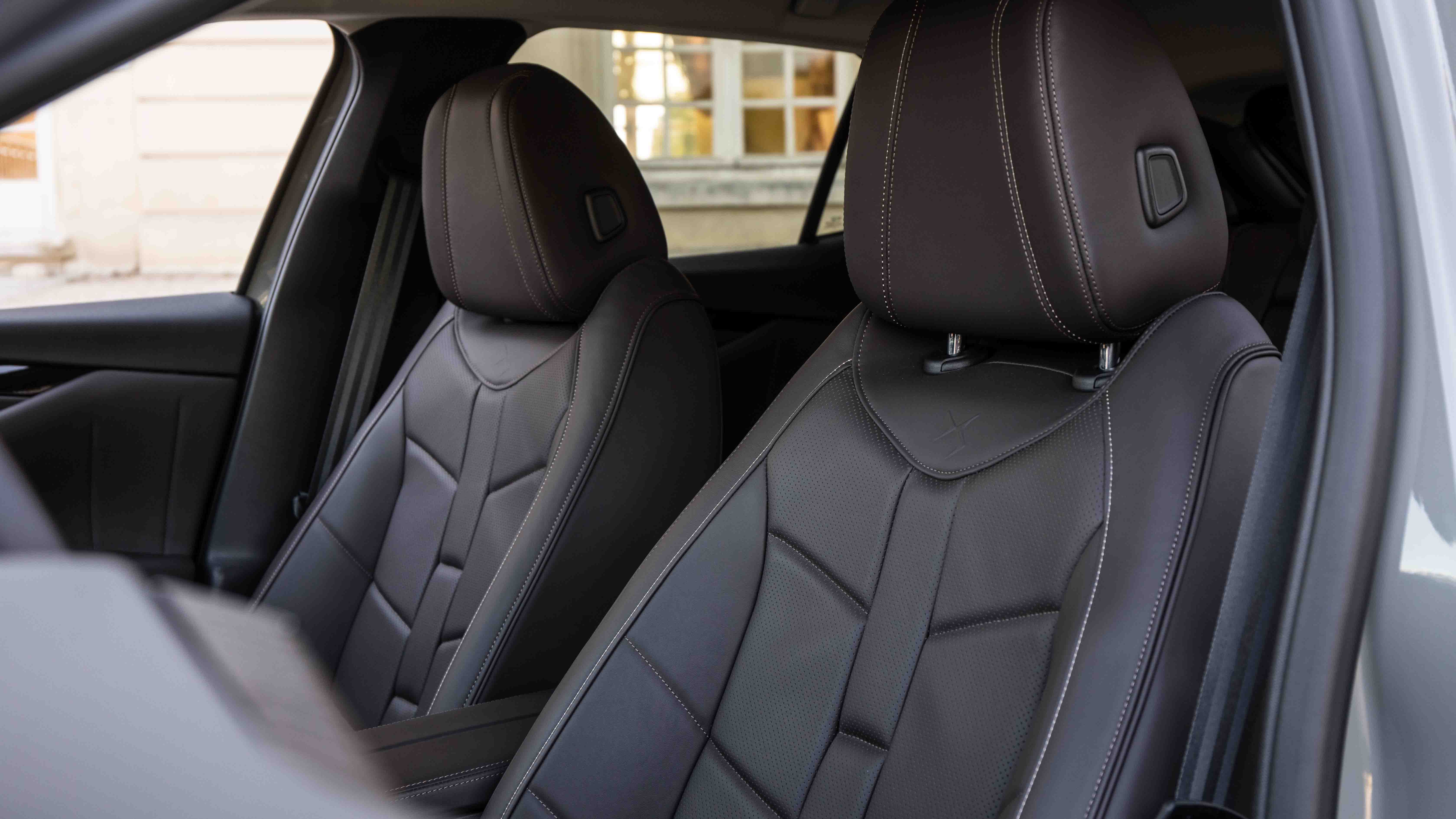
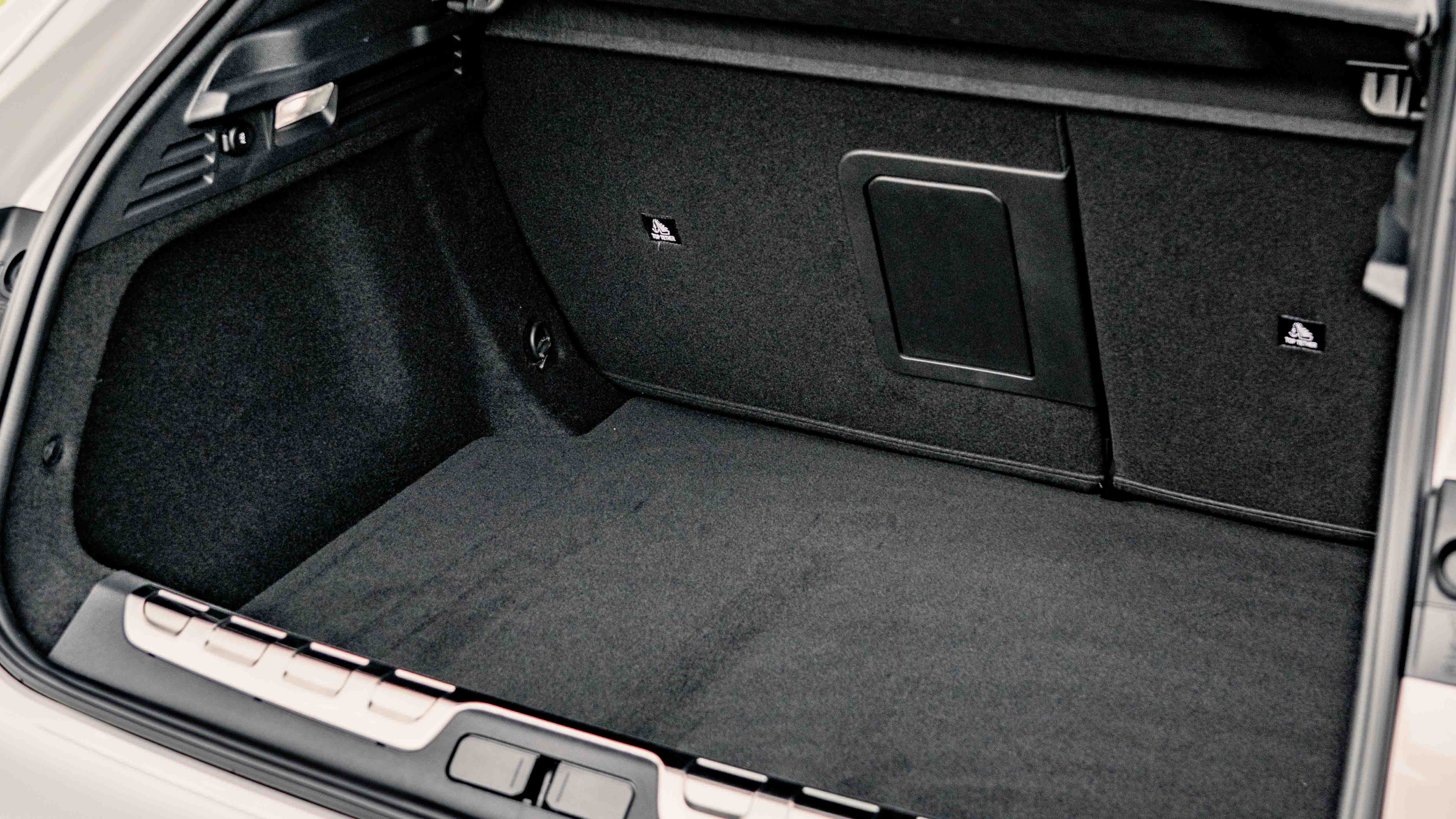
DS 4 Review

You’ve probably never given the DS 4 much thought but, if you can draw yourself away from the Mercedes A-Class and BMW 1 Series, the DS ticks a surprising number of boxes.
It’s practical, premium and comfortable – and its blend of exclusivity and exciting styling means you’ll be noticed as you drive by.
- Stylish inside and out
- Comfortable
- Bigger boot than nearest rivals
- Engines don’t match car’s premium aspirations
- Slightly confusing model range
- Headroom a little tight for tall adults
Should I buy a DS 4?
DS has struggled to make an impact since its break away from Citroen. It’s strange, considering how popular premium brands are in the UK. Perhaps it’s because DS is known as a more expensive version of Citroen – but it’s well known that Audi is a premium version of VW and Lexus is a premium version of Toyota, and that hasn’t stopped them being a success.
The DS 4 is often overlooked, but it’s a genuinely good alternative to a Mercedes A-Class, BMW 1 Series and Audi A3. It’s a mix of hatchback and SUV, with eye-catching styling and bold creases. The design, plus the fact you never see them, makes the DS 4 really stand out.
"Crisp digital dials are standard, and these manage to pack a lot of information in without feeling crowded"
And it’s not just a case of style over substance. The interior is high-tech and posh, with some lovely materials, and it feels very fresh compared to the A-Class and 1 Series. It’s a more practical car than the Mercedes and BMW, too, so it’s more than capable for most family duties.

There’s a plug-in hybrid engine that promises 35 miles of electric driving – perfect if you mainly do short journeys and want to save money on fuel. Otherwise, your choice is a 1.2-litre petrol engine or a 1.5-litre diesel engine, which broadly match entry-level engines in the A3, A-Class and 1 Series. We’d like to see a more powerful set of engines to give the DS 4 a more premium driving experience.
Because, in other respects, the DS 4 does offer a premium experience. It’ll even be renamed the DS No.4 this year, to put you in mind of fancy perfume and French style. The styling, meanwhile, will be updated in line with the alluring DS No. 8 crossover.
Interior and technology
.jpg&w=1280&q=75)
The interior is certainly stylish, and it’s luxurious in a different way to the usual German subjects. The focus is on tactility and premium materials; all the knurled switches are nice to operate, and there are areas of textured metallic trim everywhere your fingers will touch. Some of the other buttons and the gearshift paddles are a bit more plasticky, but still feel well put together.
If you know what you’re looking for, you’ll notice some shared parts with Citroen and Peugeot, as is to be expected. After all, poke around an Audi and you’ll find some components that are also used in VW and even Skoda models. The DS’ interior looks very different to more affordable Stellantis models, and it does feel like a step up.
The 10-inch touchscreen is a reskinned version of Peugeot’s offering, but the handy menu of tiles for regularly used functions has been retained – making the DS’ screen generally quite easy to use.

Accompanying the touchscreen is a smaller screen down by the gearlever, which seems to be the inspiration for Peugeot’s useful i-Toggle controls. Like the Peugeot’s second screen, you can programme the DS 4’s smaller screen to show a selection of your most-used apps and favourite radio stations, allowing you to quickly jump to regular screens. It works a bit like a laptop trackpad, but it’s also small enough to ignore if you don’t want to use it.
We found that there were sometimes hesitant moments between the small screen and the main touchscreen, as if they were talking to each other using a dial-up internet connection. Generally, most inputs on the touchscreen are met with quick enough reactions, but some sub menus and minor functions took a bit longer to load than we’d like.
Crisp digital dials are standard, and these manage to pack a lot of information in without feeling crowded. And they make the interior look modern. If we were being picky we’d like them to be bigger and more configurable.

Standard equipment is generous. Every model gets push-button start, LED headlights and flush door handles, while all but the rare entry-level Bastille+ version get connected sat nav, 19-inch alloy wheels and a reversing camera.
When the DS 4 launched, it was available in Bastille+, Performance Line, Performance Line+, Trocadero and top-spec Rivoli trim levels. The latter two were also available in the DS 4 Cross bodystyle, which adds roof rails and skid plates to give a faux SUV look.
Later on, there were Esprit de Voyage and Opera trim levels, which are even more plushly equipped than Rivoli. At the time of writing, the range has been updated again, with Pallas, Pallas 55 and Etoile being the current offerings.
Practicality

The DS 4 sits towards the upper end of the class for practicality – it’s more versatile and spacious than its shape might initially suggest. That means you could consider it against some of the smaller premium SUVs such as the Lexus UX and Volkswagen T-Roc, too.
Rear legroom is more generous than the A-Class or 1 Series, although the cinema-style rear seats – higher than the fronts – means that tall adults will struggle for headroom. The same is true of the A-Class, it should be said.
There’s the usual assortment of cupholders, storage pockets and USB sockets back there. It’s a bit easier to put child seats in an A-Class or A3, because the zipped Isofix covers in the DS are a little awkward.
The 430-litre luggage space is certainly on a par with spacious small SUVs – it’s 50 litres more than the A3, and even more than the A-Class and 1 Series. There’s not much of a drop if you pick the plug-in hybrid, either; the 390-litre boot of the DS 4 E-Tense is over 100 litres more than the hybrid A3 or A-Class.
Engines and performance

The DS 4 uses the same range of engines as a whole host of Peugeot, Citroen and Vauxhall models. The cheaper engines are a 1.2-litre three-cylinder petrol, or a 1.5-litre diesel, both with 130hp.
These are well matched to the Audi A3’s 1.0-litre petrol and the A-Class’ 1.3-litre A180 engine, but the DS’ rivals also offer more powerful engines that offer better acceleration. As it is, the 1.2’s 10.4-second 0-62mph time and the 10.9-second time of the diesel are hardly anything to write home about.
Recently, the 1.2 petrol has been replaced with the new-generation 136hp hybrid engine, which promises efficiency gains over the 130hp version.
.jpg&w=1280&q=75)
DS quotes a maximum of 48.6mpg for the standard petrol, and 54.3mpg for the new hybrid. The hybrid engine makes the diesel engine largely redundant – the BlueHDi lump only promises a couple of mpg more than the hybrid, it’s more expensive to insure and it requires the occasional AdBlue topup.
The other option, which is the one we’d go for as a used car, is a plug-in hybrid with 225hp. It’s much nippier, with the 0-62mph time being a much more suitable 7.7 seconds. Provided you can charge at home – even from a normal household plug socket – the DS 4 E-Tense will save you money on fuel.
The transition between petrol and electric power is smooth, and it’s a refined system until you ask for hard acceleration, at which point the petrol engine becomes strained and thrashy. There’s a hybrid driving mode, which sensibly shuffles between petrol and electric power without you really noticing.
Driving and comfort
On a bumpy road, it’s clear that DS has borrowed a lot of clever ideas from Citroen – a brand renowned for comfort.
A lot of cars ride fluently on the motorway but feel bitty around town. But the DS 4 manages to be comfortable both on the motorway and at lower speeds. Road surfaces that are well past their best don’t interrupt the serenity of the DS 4’s ride quality, and harsh impacts like speed bumps and potholes are rounded off nicely.

Thanks to thoughtful additions such as acoustic glass, the DS is quiet at speed. It’s lovely and refined, and should make long journeys a piece of cake. Take it easy and enjoy the smoothness, and the petrol and diesel engines’ shortage of power isn’t so much of an issue.
The plug-in hybrid also gets DS’ Active Scan suspension, which uses cameras to scan the road ahead and soften the dampers as necessary. You’ll need to leave it in the Comfort driving mode for this, but it’s worth doing if you value a wafty ride.
As a trade off, it’s not the most fun-to-drive car in the class. A BMW 1 Series or Mazda 3 is much keener to turn in and entertain you. The DS 4 offers a Sport mode, which mainly adds weight to the steering; it’s a decent compromise that makes the DS a little better to drive without ruining the ride quality.




































.jpg&w=500&q=75)
.jpg&w=500&q=75)










